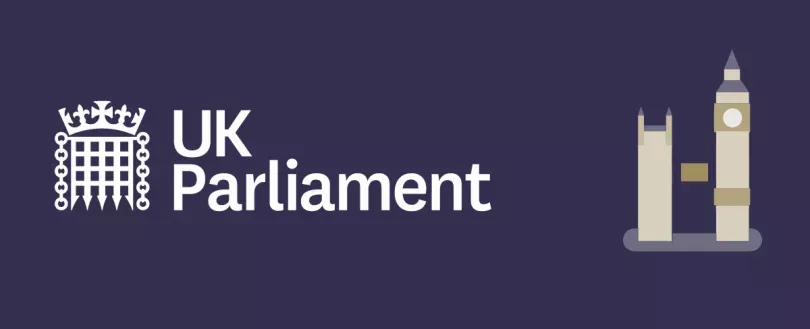
Fire safety regulations implemented post-Grenfell Tower fire (England)
Like it? Share it!
16 May 2024
In response to the tragic event of the Grenfell Tower fire in 2017, the UK government swiftly implemented a series of stringent fire safety regulations. These regulations, primarily aimed at high-rise blocks of flats, are crucial for ensuring the safety of occupants and preventing similar disasters in the future.
One of the key developments post-Grenfell was the establishment of the Building Safety Regulator (BSR). Tasked with enforcing the new fire safety rules, the BSR plays a pivotal role in ensuring compliance and maintaining standards in the construction and refurbishment of high-rise residential buildings. This regulatory body serves as a central authority for overseeing adherence to the prescribed guidelines.
The new rules took Effect between October 2023 and April 2024, the new regulations introduced significant changes to building practices and responsibilities for fire safety compliance. Notably, the rules apply to high-rise blocks of flats exceeding 18 metres or seven storeys in height.
For developers and builders, adherence to building regulations is paramount. From incorporating fire alarms in all flats to ensuring the use of fire-resistant materials, the guidelines outline stringent requirements to limit the spread of fire and facilitate safe evacuation. Additionally, the regulations mandate the installation of fire doors with specified resistance capabilities and the implementation of compartmentation measures to contain fire outbreaks.
Responsible persons, typically building owners or managers, bear the responsibility for fire safety in occupied blocks of flats. This includes conducting regular fire risk assessments and implementing necessary safety measures in common areas. The introduction of the 'accountable person' role further underscores the focus on building safety, with designated individuals tasked with assessing and managing building safety risks.
In addition to these measures, the government has imposed strict requirements for the remediation of fire safety defects and unsafe cladding. Building owners are obligated to identify and rectify such issues, with potential enforcement actions for non-compliance. Leaseholders, however, may incur costs associated with safety works, underscoring the importance of transparency and fair allocation of expenses.
For residents and professionals alike, reporting concerns regarding building compliance is crucial. Whether it's contacting local authorities or the BSR, prompt action can mitigate potential risks and ensure the enforcement of regulations.
In conclusion, the Grenfell Tower fire event has driven a new era of fire safety regulations, particularly focusing on high-rise residential buildings. By adhering to these guidelines and fostering a culture of vigilance and accountability, stakeholders can work towards creating safer living environments for all.
Read the full article here.
Our eNews provides regular insight into industry trends, news headlines, and product and service information. For more articles like this Subscribe to our enews.
Related news
Related resources
-
Passenger Service Vehicle - Guidance Note
05 September 2023
